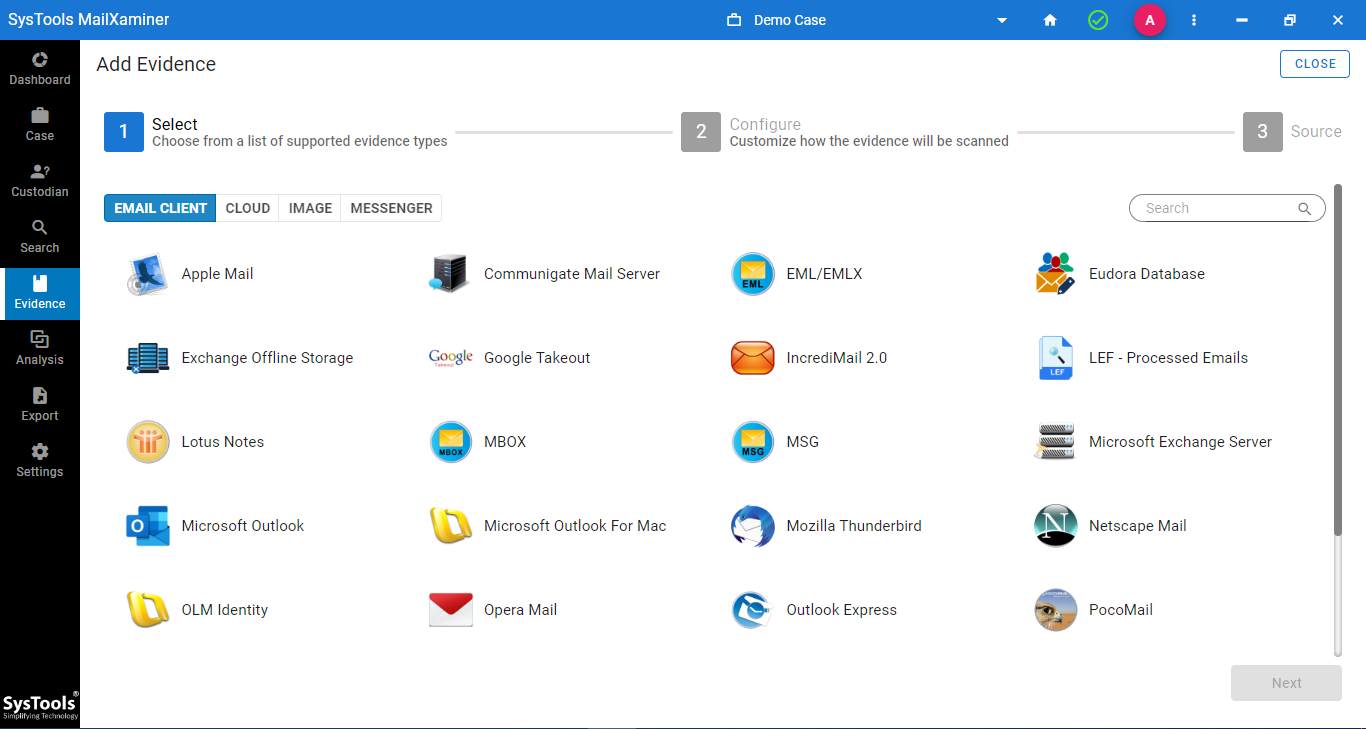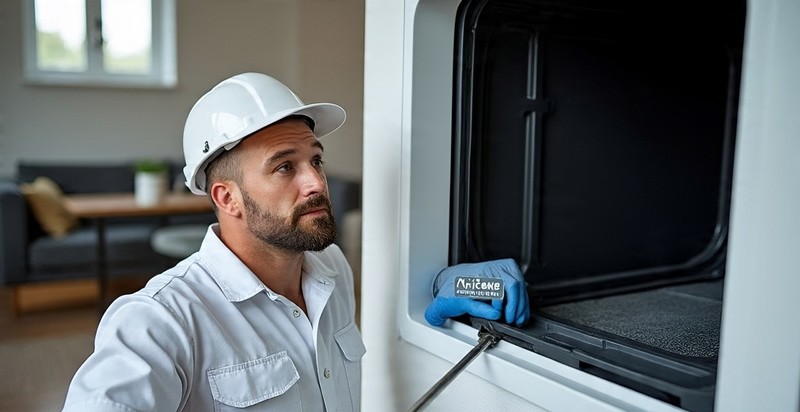How to Collect Digital Evidence in Cyber Forensics? Guide
1
0
·
2025/08/20
·
4 mins read
☕
WriterShelf™ is a unique multiple pen name blogging and forum platform. Protect relationships and your privacy. Take your writing in new directions. ** Join WriterShelf**
WriterShelf™ is an open writing platform. The views, information and opinions in this article are those of the author.
Article info
Categories:
⟩
⟩
Tags:
Total: 859 words
Like
or Dislike
More from this author
More to explore











With the advancement in technology, the rise of digital crimes is going parallel. And, in such a case, learning about how to collect digital evidence in cyber forensics is a necessity for everyone’s needs. This not only helps in solving the cases but also gives justice to the victims of the situation. Therefore, whether it's any financial fraud, digital harassment, or just uncovering the reality, cyber forensics helps everywhere. Hence, the answer to how to collect digital evidence in cyber forensics is not so simple since it requires focus, attention, dedication, honesty, strictness, and extreme professionalism towards collecting and analyzing the digital evidence.
What Does Digital Evidence Mean?
So, in short, the digital evidence is basically a proof that contributes to proving someone guilty or not guilty for any particular event. These sources of digital evidence are multiple, including emails, logs, mobiles, cloud storage, and more. In addition to this, the biggest difference between the physical and electronic evidence is that the digital ones can be easily corrupted, sorted, deleted, and altered without leaving any footprints.
Therefore, to maintain the authenticity and originality of the evidence, the investigators need to follow a strict chain of practices where they safely collect the data and keep it in their original form without any alteration. Over and above that, for investigators or law enforcement bodies, the digital evidences are the key elements that helps in solving any case, including property theft, cybercrime, etc., more easily and transparently.
How to Collect Digital Evidence in Cyber Forensics?
The entire process to collect evidence demands a lot of precision and attention. Thus, the prominent methods to do this like a professional digital forensics investigator include:
What Are The Common Challenges In Collecting Digital Evidence?
Collecting digital evidence for forensic investigation might look simple and quick, but it is full of challenges. Some of the most common hurdles that an investigator encounters while collecting digital evidence are as follows:
Why Do You Need Professional Help to Collect Evidence for Digital Forensics?
Trying to get all the digital evidence and understanding the case without any professional knowledge, ethics, or background can create a major blunder. Handling the sources in the wrong way, using unapproved solutions, or not maintaining the data custody chain are some of the activities that private investigators with no license often practice. This legally rejects their evidence or presentation of evidence in court.
Thus, that is why everyone, including the legal bodies and MNCs, trusts in professional assistance such as Cybersic Cyber Forensic Services. They follow all the investigation laws, rules, regulations, and ethics to ensure transparency and reliability of the presented reports. They offer legally acceptable information without any failure or alteration in the evidence. Therefore, from the evidence collection, analyzing it, and creating a legal report, they do every step with expertise and the latest tools to ensure complete data integrity.
Conclusion
In conclusion, investigators must collect digital evidence in cyber forensics using multiple techniques, performed with precision and in strict adherence to non-negotiable standards. Thus, according to experts, hiring a professional for digital forensics is the best step as they have experience, knowledge, and successful results from their work. In India, the best cyber investigation team is Cybersics, who even deal with government projects and gives reliable reports. They have a team of professionals who reach on time to the destination, collect the data, keep them safely, and then do the drill to analyze them, connect the dots, and then create a report which is transparent, acceptable in court, and has all the details that is required to judge the case without any biasness.